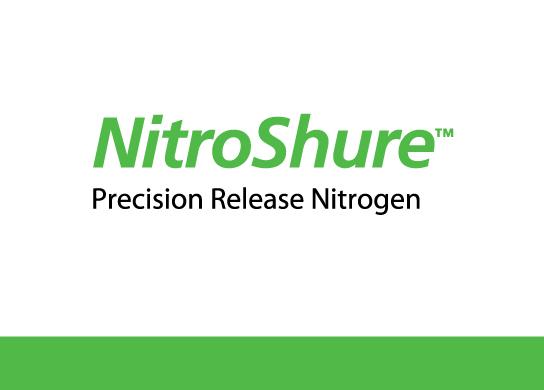Recommendations on the use of DDGS in dairy cattle - Fernando Díaz
Published: June 11, 2018
Related topics:
Mentioned in this news release:

Recommend
Comment
Share
26 de septiembre de 2018
What is the maximum percentage of use of Rice DDGS in the concentrate mixture of dairy cattle?
Recommend
Reply
26 de septiembre de 2018
DDGS can reduce milk fat test because polyunsaturated fatty acids and biohydrogenation it can be added by limiting factor it contains fat about 9- 10 % and the fat is not protected.
Recommend
Reply
27 de septiembre de 2018
As a Dairy consultant working in HOT environments, for me the DDGS is a basic complement for the formulation into a feeding plan, provide a high source of energy which is very positive specifically in recent calving cows conditions (first 30 days) and after until 100 days of lactation help to keep the BCS.Also can be use in closeup cows about 2 to 3% total formula in DM, about 7% in fresh first 30 days and up to 4 to 5% until 100 days in milking.
Important point NOT all the DDGS processing are the same and need to take this factor into consideration
Recommend
Reply
27 de septiembre de 2018
Gustavo Pourraid
Mr. Gustavo i think you working dairy consultant in Pakistan
Are you thinking of increasing DDGS above 10% from total ration increase milk fat test?
Recommend
Reply
Recommend
Reply
27 de septiembre de 2018
Mr Hazen DDGS is an interesting tool to solve the fast energy required in HOT environments and avoid decrease of the BCS of the cows. I do not use above 10% of the total ration I use (according the cases and type of DDGS) up to 7% of the total DM of the formula which is not the same.
Fat test in the milk is more linked with rumination process type of forage, size,% of forage, subclinical acidosis, etc., but of course also the quality of the DDGS, I will advice to search in the different type of DDGS.
At the same time; tropical conditions are not the same as sub-tropical or desert condition which influence the final result of the feeding process.
Recommend
Reply


NitroShure™
NitroShure™ Precision Release Nitrogen uses Balchem’s proprietary encapsulation technology to provide a more consistent nitrogen supply to rumen microbes.
Suggested link
Recommend
Reply
27 de septiembre de 2018
Hazem Hassanien
Dear Sir a Pleasure to meet you I live closer to 5 years in Egypt, my family and I love your country
some times I travel to Egypt for consultancy, the best way you can contact me is trough my email as pourraid@yahoo.com
Take care best regards Gustavo
Recommend
Reply
27 de septiembre de 2018
Gustavo Pourraid
Mr Gustavo i have heard all good about you in egypt. I think you worked in arabia company for milk and meat production located in ismailia desert road. Is that correct? I am very happy to contact and learn more dairy nutrition from you. Do you mind to give me chance to discuss with you about some nutrition issues regarding dairy nutrition. Do you using WhatsApp?
Recommend
Reply
4 de octubre de 2018
Yes, the topic of using DDGS is interesting. I have developed several DDGS-based supplements for dairy cows.
Recommend
Reply
Recommend
Reply
28 de julio de 2020
Maybe is interesting to add to this topic the importance of the selection the good quality and the appropriate DDGS into the formulations of the dairy cows in hot environment. An consider to use the DDGS from yellow corn which is the best in the research, and in the practice, as well when arrive at 10% of Fat in the DDGS and take into consideration when make the formula included about 55% of forage to keep a high percent of rumination (not less then 60% of the cows) this is to avoid the reduction of the Fat into the milk. Some time keep this percent of forage into the formula is difficult in hot conditions because the lignification of the hay or the forage in general, except when make a very good hay, alfalfa haylage and corn silo.
Recommend
Reply


Evonik Animal Nutrition
EVONIK ANIMAL NUTRITION is committed to improve sustainability, health and efficiency along the food chain to feed growing population with animal protein.
Suggested link
1

Would you like to discuss another topic? Create a new post to engage with experts in the community.









.jpg&w=3840&q=75)




